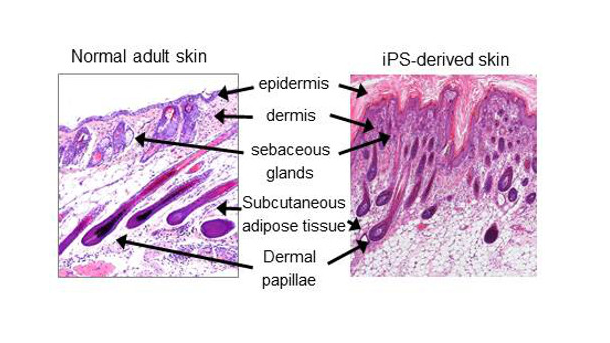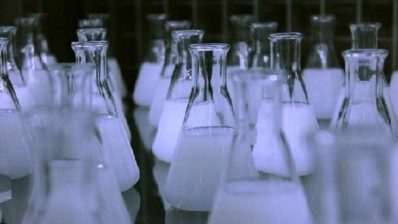Scientists grow skin in the lab which could have future as animal testing alternative

Induced pluripotent stem cells (iPSCs) are a type of pluripotent stem cell that can be generated directly from adult cells.
In their research, published in Science Advances, scientists in Japan used reprogrammed iPSCs to successfully grow the 3D skin tissue in the lab and implant these into living mice, finding that the tissues formed proper connections with other organ systems such as nerves and muscle fibres.
The team say this work opens a path to creating functional skin transplants for burn and other patients who require new skin.
“Our study contributes to the development of bioengineering technologies that will enable future regenerative therapies for patients with burns, scars, and alopecia,” says the research.
“Further optimization of our technique using in vitro stem cell culture and humanization will contribute to the development of bioengineered IOS therapy as a prominent class of organ system replacement regenerative therapy and as a novel non-animal assay system for cosmetics and quasi-drugs in the future.”
Research
To perform the work, the researchers took cells from mouse gums and used chemicals to transform them into stem cell-like iPSCs.
In culture, the cells properly developed into a three-dimensional clump of cells that partially resembles the developing embryo in an actual body, called an embroid body (EB).
The researchers created EBs from iPS cells using Wnt10b signalling and then implanted multiple EBs into immune-deficient mice, where they gradually changed into differentiated tissue, following the pattern of an actual embryo.
Once the tissue had differentiated, the scientists transplanted them out of those mice and into the skin tissue of other mice, where the tissues developed normally as integumentary tissue.
The team also found that the implanted tissues made normal connections with the surrounding nerve and muscle tissues, allowing it to function normally.
One important key to the development was that treatment with Wnt10b, a signalling molecule, resulted in a larger number of hair follicles, making the bioengineered tissue closer to natural tissue.
"Up until now, artificial skin development has been hampered by the fact that the skin lacked the important organs, such as hair follicles and exocrine glands, which allow the skin to play its important role in regulation,” says Takashi Tsuji of the RIKEN Center for Developmental Biology, who led the study.
“With this new technique, we have successfully grown skin that replicates the function of normal tissue. We are coming ever closer to the dream of being able to recreate actual organs in the lab for transplantation, and also believe that tissue grown through this method could be used as an alternative to animal testing of chemicals."
The research team comprised scientists from the RIKEN Center for Developmental Biology in Japan, along with collaborators from Tokyo University of Science and other Japanese institutions.


















